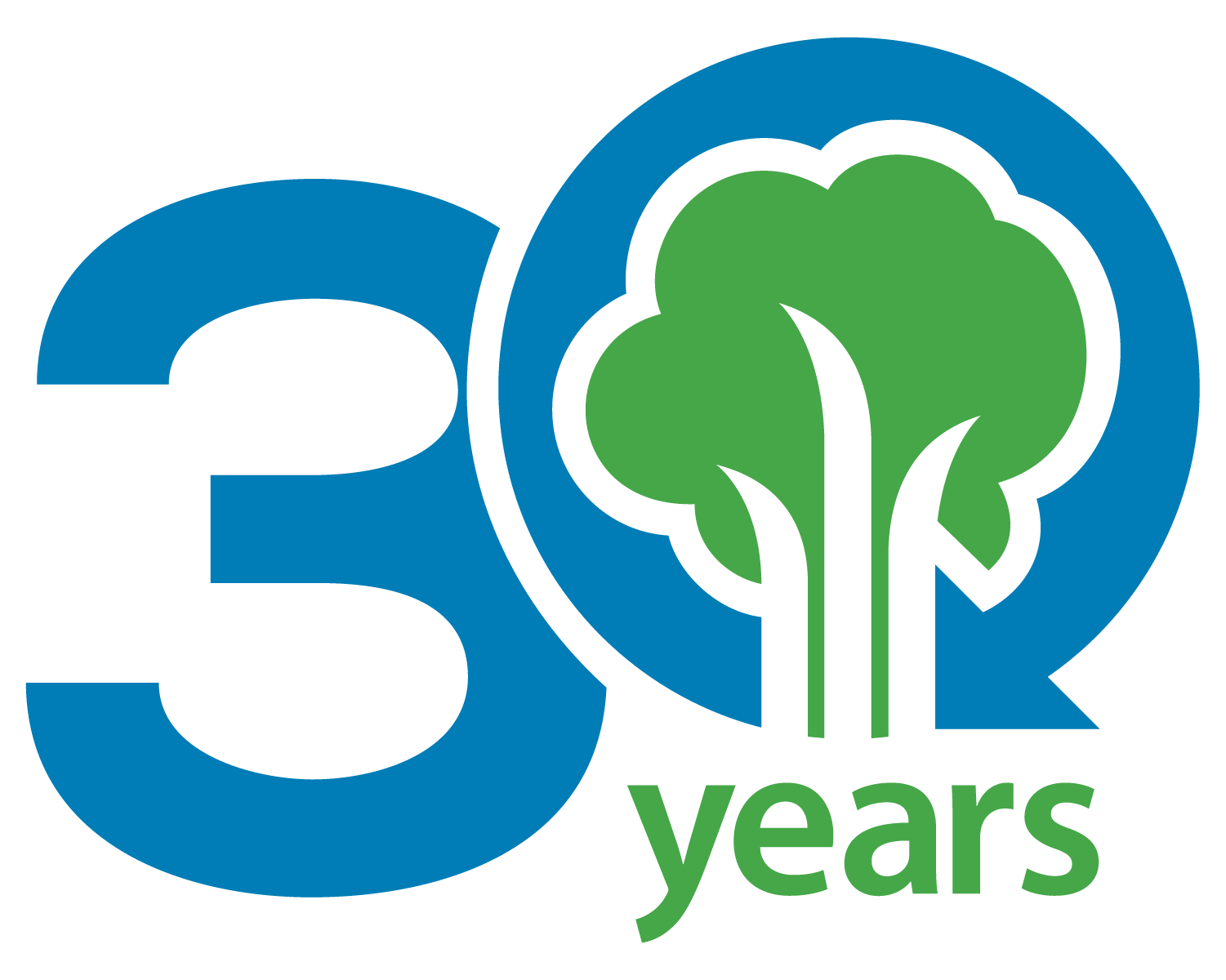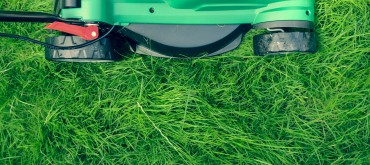Last week, we learned about D.I.Y watering habits and how best to water your lawn if you did not have an automatic irrigation system. This week we wanted to provide some tips to those who do have an irrigation system! As discussed previously, deep and infrequent watering is one of the more dynamic macros of plant health that requires some tweaking to its schedule as we adapt to the always changing weather here in Ontario. The other two macros being proper nutrients with a regular fertilizer schedule, and frequent mowing no shorter than 3 inches. Remember, these factors are essential to develop and maintain a healthy lush green lawn, and the smallest change can have a substantial impact on its overall health and resilience.
Having an automatic irrigation system takes away the need to drag around hoses and ensures the best coverage and most even watering of your lawn. Now when we look at an automatic system we start by breaking it out by the two different types of heads that a system can have; rotors which move in a rotating fashion to cover larger areas, and sprays which remain in the same position while watering smaller areas. As you may have heard us mention before, we want to ensure the lawn is being watered once to twice a week receiving at least 1 inch of water each time. So what does this mean when it comes to setting up your automatic system? For rotor zones, we recommend having them set for 60-90 minutes depending on how wide their coverage zone is, and only 15-20 minutes for spray zones. Why the difference? The rotor zones are only watering a portion of their coverage area at one time, requiring a longer period of watering to reach 1 inch of precipitation. On the other hand, spray zones have 100% coverage within their reach, requiring less time to get the same 1 inch of precipitation.
As we see temperatures rise this summer, it is important to remember to increase the length of time spent watering by roughly 10-20 percent to account for increased evaporation and heat stress. If your system was only set to water once a week before, increasing to twice a week is recommended but no more than that. Increasing the volume of water provided is far more beneficial than increasing frequency. Another pro of an automatic irrigation system is that this percentage setting can easily be adjusted on your controller!
Lastly, we need to remember that the time of day that watering occurs is also critical to its effectiveness. The goal is to have all watering completed as the sun begins to rise (5-6am) in the morning. Staying away from mid day heat and dark overnight hours will reduce the amount of water loss, and disease development.
If you have any questions pertaining to your watering schedule, how best to adapt it throughout the year, or would even like a quote on installing an irrigation system don’t hesitate to reach out of our office! We perform installations as well as offer maintenance programs for them throughout the year.





